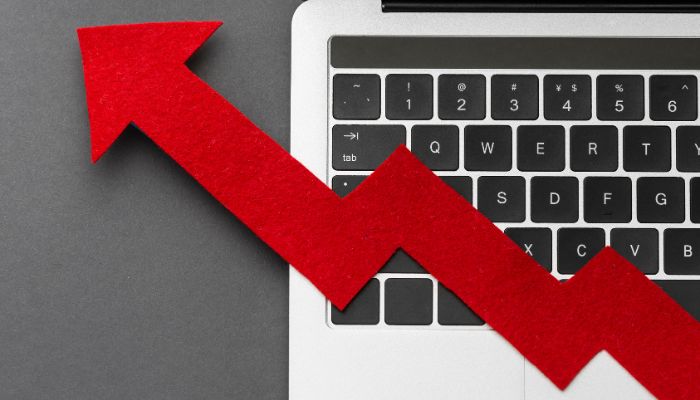The concept of a paperless office has existed for decades. With the advent of computers, the modern workplace was revolutionized by electronic documents and mail, which presented the possibility for a completely paperless environment at work. However, despite decades of advancements in technology, our usage of paper has only burgeoned with time and continues to do so with an estimated half a percent of increase over the next year. With rising concerns for environmental degradation and increasing demands for efficiency, it’s high time the idea of going paperless in the office became more widely adopted.
Benefits of a paperless office
It has been found that employees can lose nearly 40% of their time trying to locate paper files. Additionally, more than 45% of all printed documents end up in the trash within the same work day. On the other hand, the benefits of adopting paperless office solutions are manifold. Some of these benefits are:
Time efficient: With employees spending much of their working hours trying to navigate mounds of paper documents, the time spent in filing, organizing, and sifting through them could be put to better use. Digitized documents are better organized and far easier to access. Electronic document management systems access the files at the click of a button, much faster than laborious manual processes.
You might also be interested to read: Future Of Work Redefined By AI And Automation
Space efficient: Paper documents take up a lot of space over time. With physical documents relentlessly accumulating in cabinets and storage spaces, the management of space becomes a challenge. Digital files are instead stored on servers that are either on the premises or accessed via cloud and have far lesser spatial requirements that remain largely unchanged over time.
Money efficient: The biggest advantage with paperless offices is the improved efficiency, which is linked directly to saving money. Not only can paperless offices process greater volumes of documents within smaller time periods, but converting to a paperless office also saves up on the expenditures made towards paper, printing machines, stationery, as well as employee time.
More secure: Physical documents always run the risk of getting damaged, lost, or misfiled. Furthermore, it’s tougher to manage the security of sensitive files and continually monitor authorized access. Digital information management systems only allow authorized users to access the relevant documents.
Environment friendly: The process of manufacturing paper products yields greenhouse gases which cause severe damage to the environment. While recycling does limit its environmental impact, a lot of the paper is still gone to waste. Thus, employing paperless office strategies is the only sure-shot way of eliminating paper use.
The paperless future of work
The move from paper to a paperless office is part of digital transformation. Not only is it better for the environment, but also for workplaces and employees, since digitized workplaces engender connectivity and higher productivity. And with everyone collectively committed to limiting their use of paper and endorsing paperless practices, the promise of paperless offices completely revolutionizing the world of work can finally be fulfilled.
References:
- “Benefits Of Transforming Into A Paperless Office With Paperless Employees” | Laserfiche
- “How To Go Paperless In The Office In 2020: 5 Solutions” | Meara Hamidiani | Proxyclick | February 28, 2020
You might also be interested to read:
Related Topics:






